Luxury Sleep, Perfected.
Engineered for comfort. Crafted for quality. Enjoy five-star sleep at home with Barbados’ premier luxury mattress.
Marriott Supplier Approved | Built for Hospitality | Sustainable & Award-Winning
Crafted for Comfort & Durability
Discover our Hotel Collection—mattresses built for durability, comfort, and guest satisfaction at scale.
SECTION SUBTITLE
Sustainably Made. Locally Crafted. Globally Trusted.
Our mattresses are proudly made in Barbados using eco-conscious materials and sustainable manufacturing practices—because better sleep shouldn’t cost the planet.
The Luxury Sleep Experience You Deserve


We don’t compromise on quality. Every Comfort Sleep mattress is backed by our ISO certification, EPA compliance, and Marriott supplier approval—international standards that guarantee our products meet the highest expectations for performance, durability, and health-conscious design.
“Engineered to meet the same standards trusted by global hotel brands.”
We don’t compromise on quality. Every Comfort Sleep mattress is backed by our ISO certification, EPA compliance, and Marriott supplier approval—international standards that guarantee our products meet the highest expectations for performance, durability, and health-conscious design.
“Engineered to meet the same standards trusted by global hotel brands.”
Our mattresses are not mass-produced—they’re crafted for excellence. Featuring:
• Premium, pressure-relieving memory foam (3” thick)
• 13” overall height for deep, plush comfort
• Individually wrapped pocketed coils for support and motion control
“Recognized globally for superior construction and customer satisfaction.”
Our mattresses are not mass-produced—they’re crafted for excellence. Featuring:
• Premium, pressure-relieving memory foam (3” thick)
• 13” overall height for deep, plush comfort
• Individually wrapped pocketed coils for support and motion control
“Recognized globally for superior construction and customer satisfaction.”

We believe true luxury should also be responsible. Comfort Sleep uses:
• Low-emission, non-toxic materials
• Sustainable sourcing and recycling practices
• Eco-friendly production methods certified by international bodies
“Good for you. Better for the planet.”
We believe true luxury should also be responsible. Comfort Sleep uses:
• Low-emission, non-toxic materials
• Sustainable sourcing and recycling practices
• Eco-friendly production methods certified by international bodies
“Good for you. Better for the planet.”
Designed for heavy commercial use, our beds are tested and proven in the region’s top hospitality environments. That same durability and comfort is now available to you.
“Trusted by resorts. Loved by homeowners.”
Designed for heavy commercial use, our beds are tested and proven in the region’s top hospitality environments. That same durability and comfort is now available to you.
“Trusted by resorts. Loved by homeowners.”
We proudly manufacture in Barbados, combining local pride with world-class production methods. When you choose Comfort Sleep, you’re investing in Caribbean craftsmanship, economic resilience, and global-level quality.
“Luxury sleep, made right here at home.”
We proudly manufacture in Barbados, combining local pride with world-class production methods. When you choose Comfort Sleep, you’re investing in Caribbean craftsmanship, economic resilience, and global-level quality.
“Luxury sleep, made right here at home.”
Featured Products
Spring
Foam
Pillow & Bases
SHOP ALL
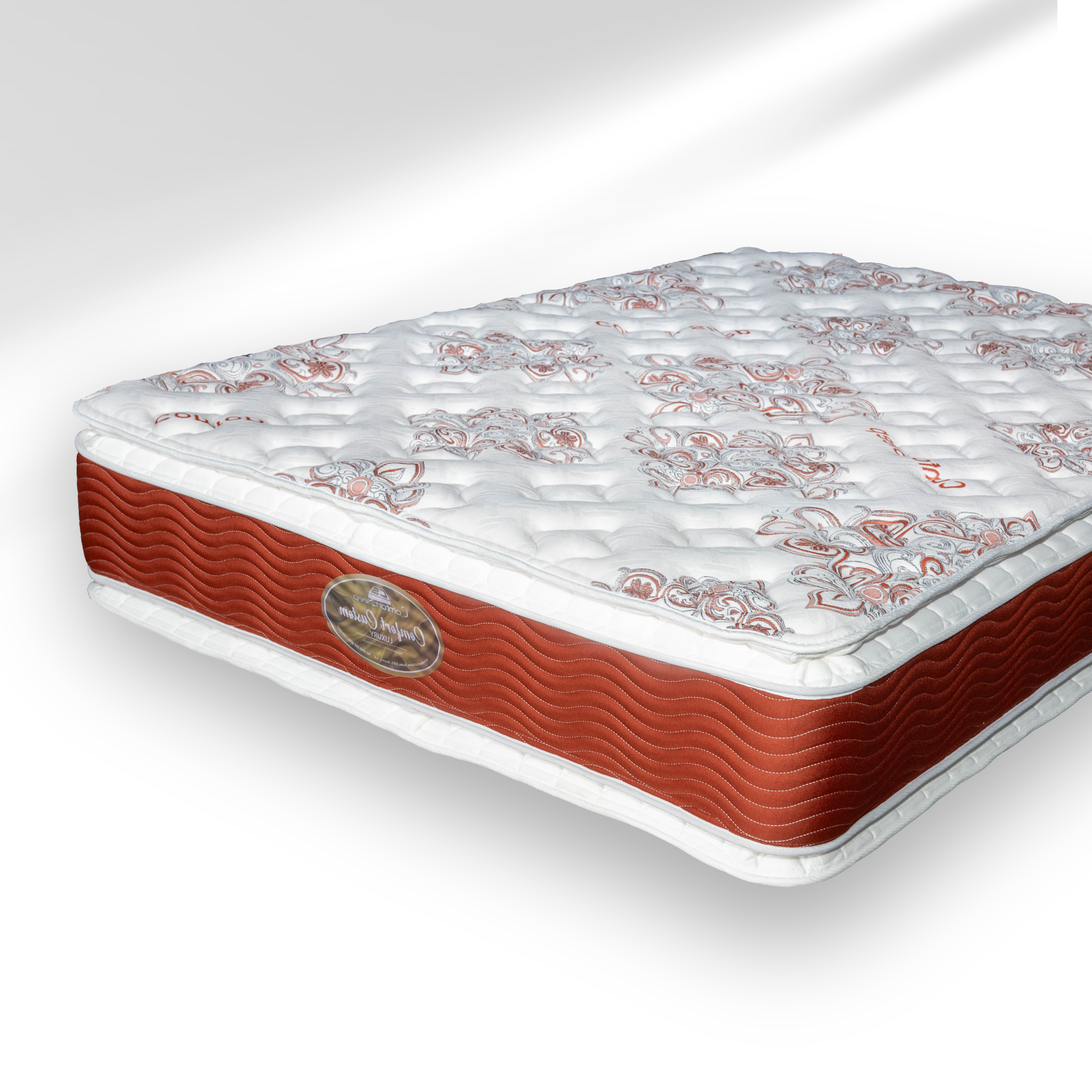
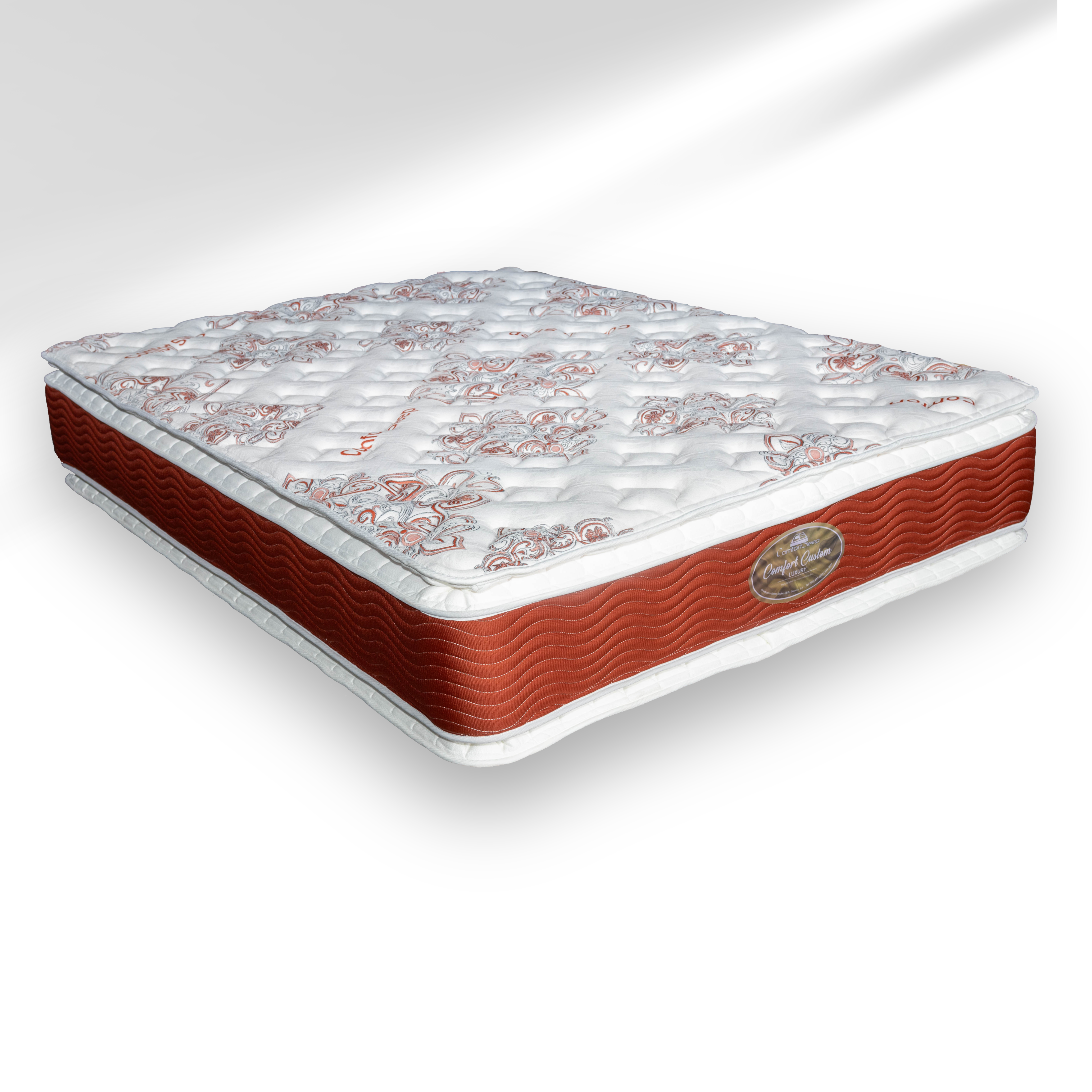
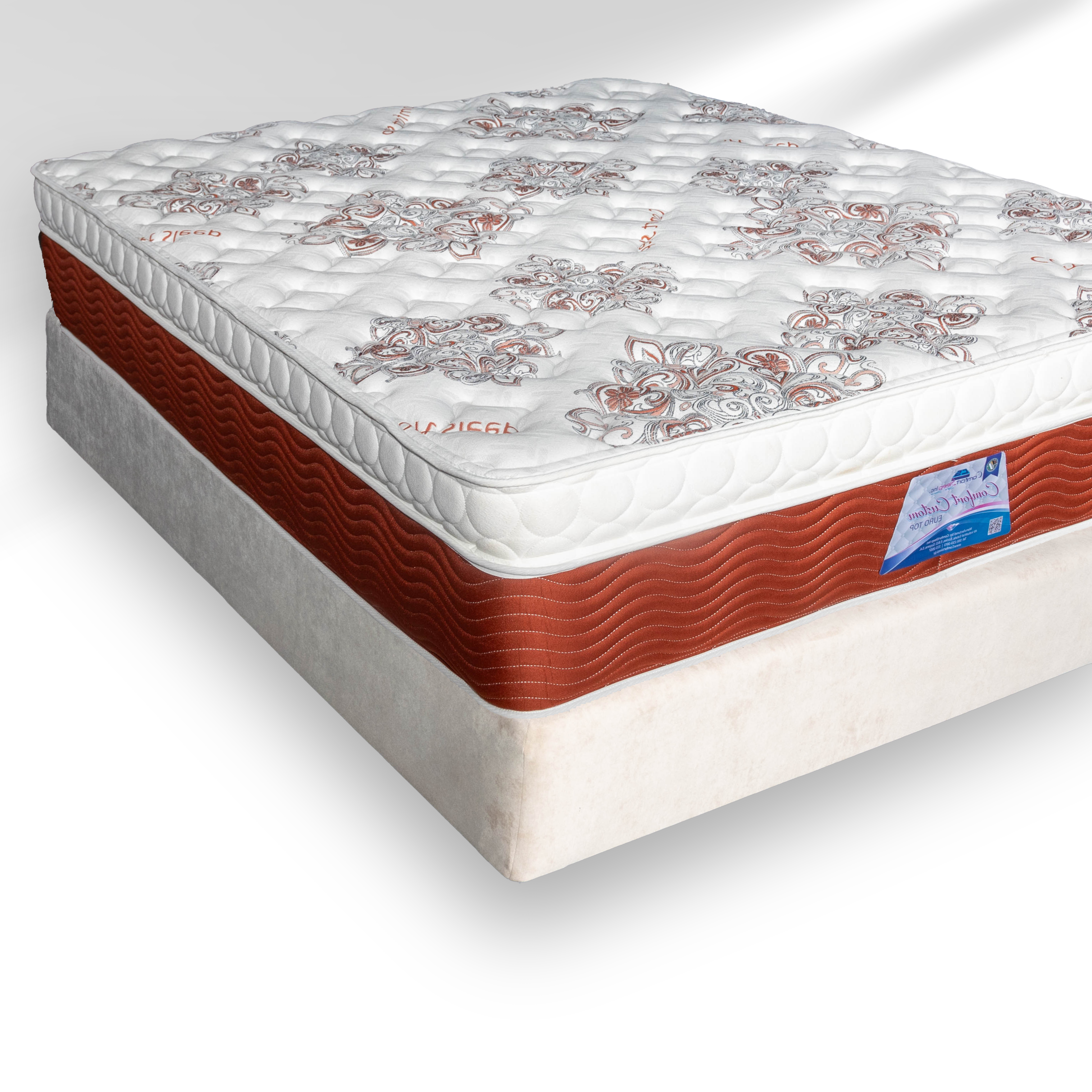
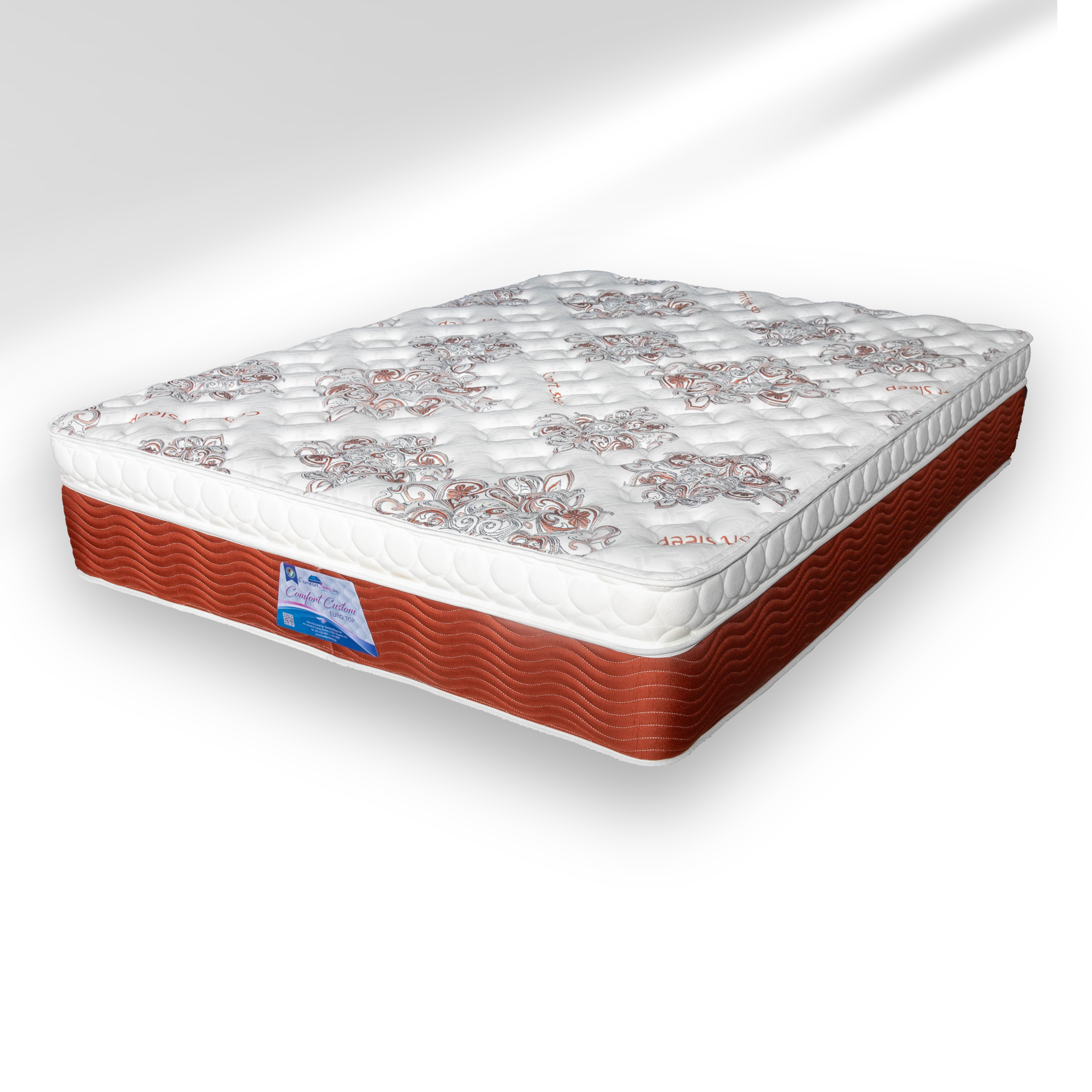
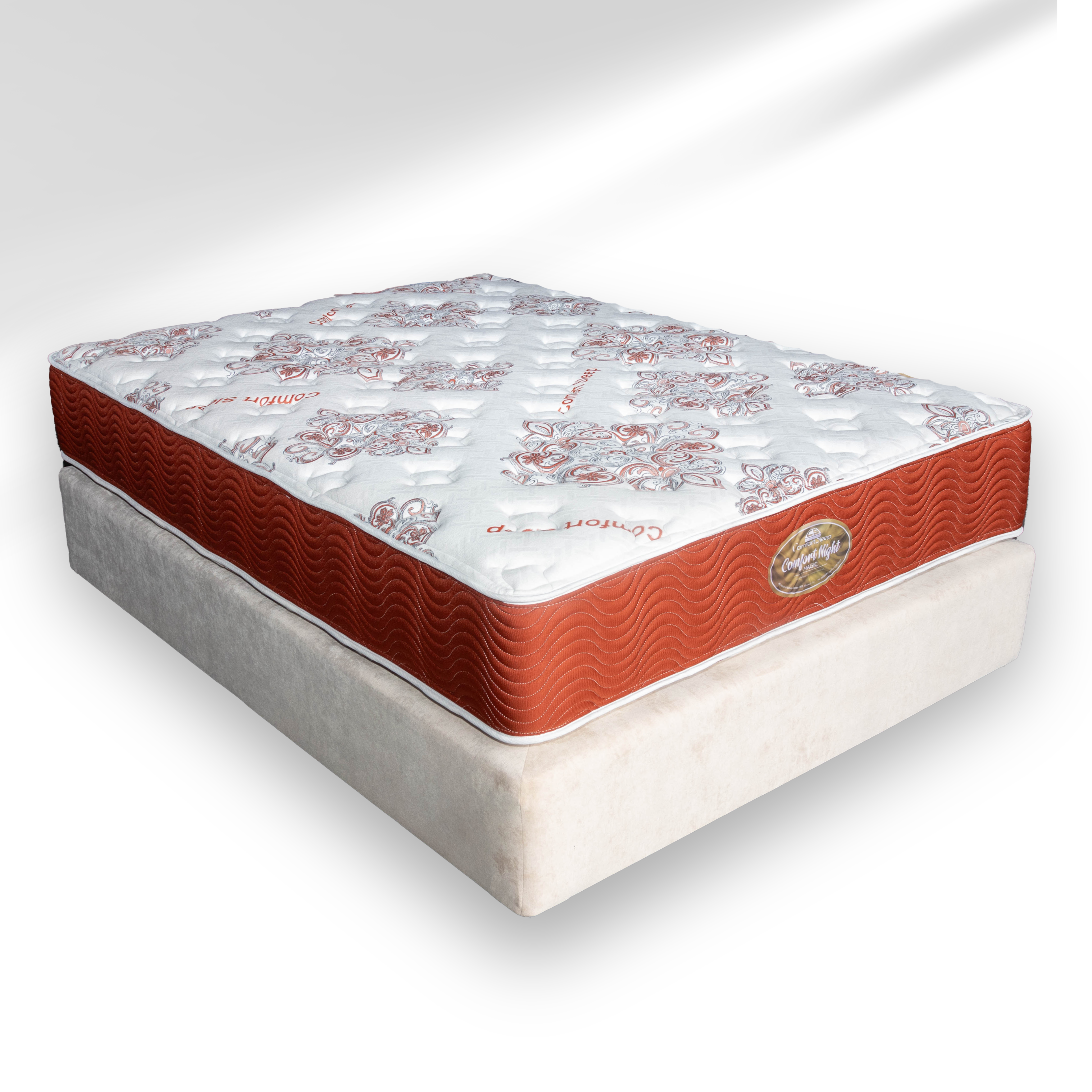
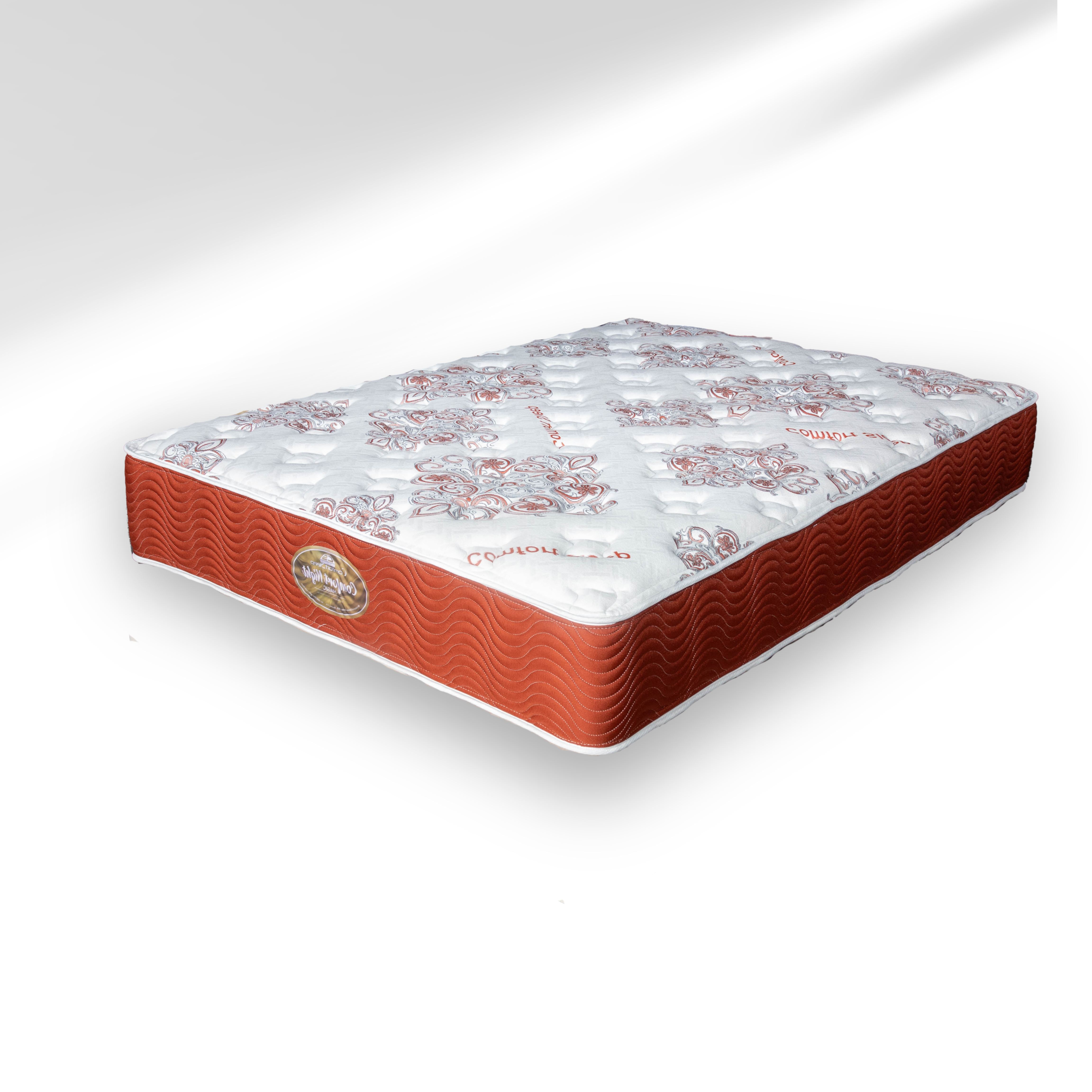
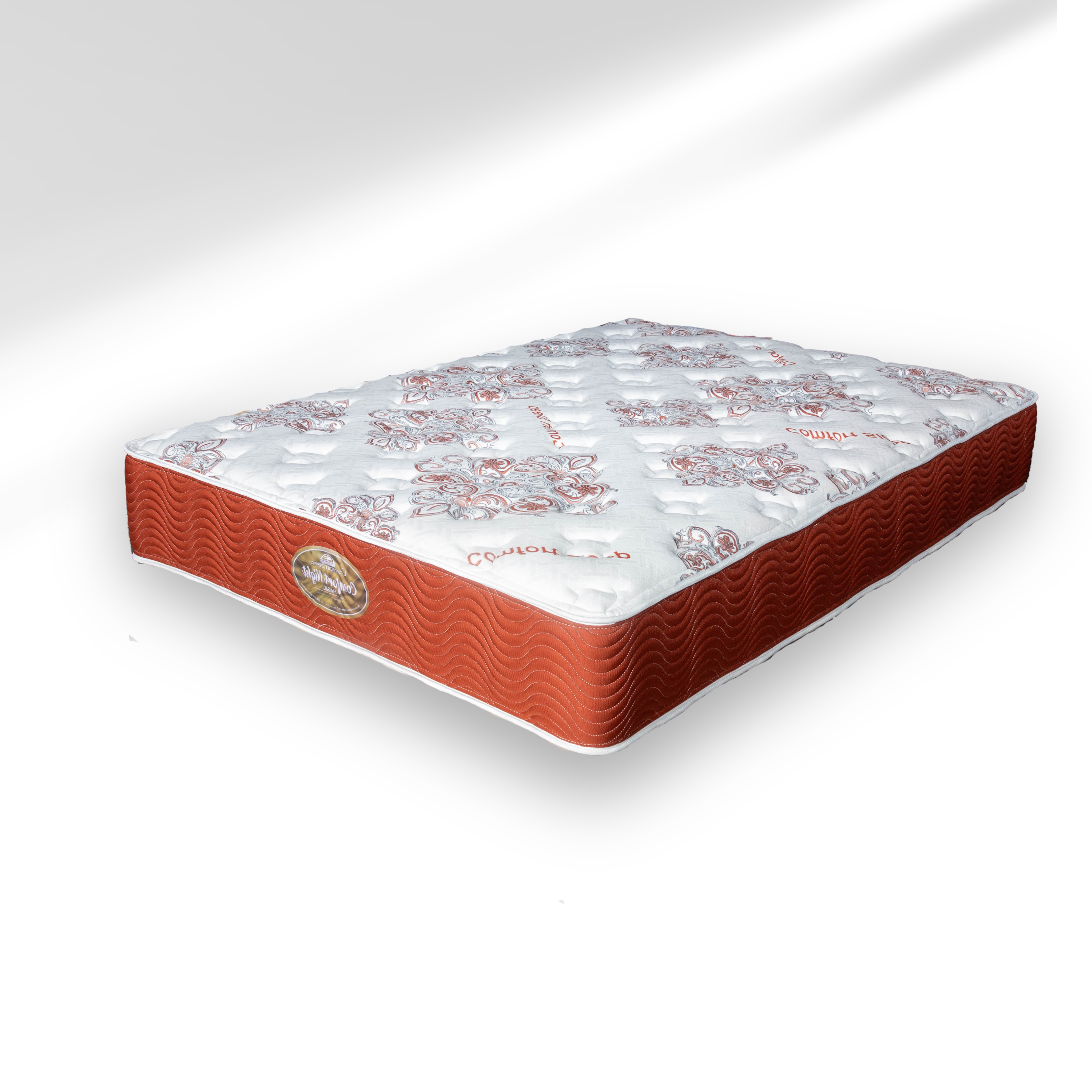
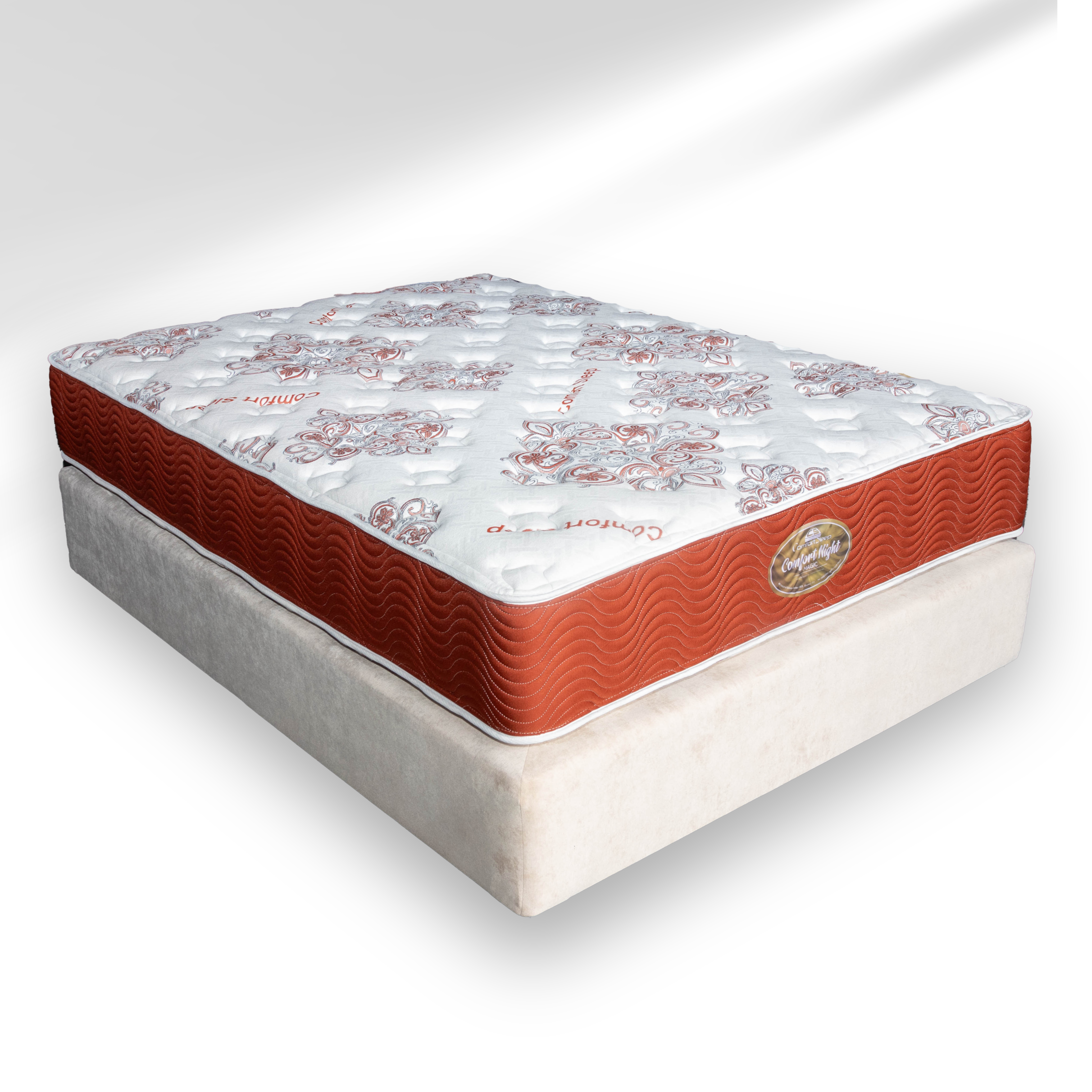
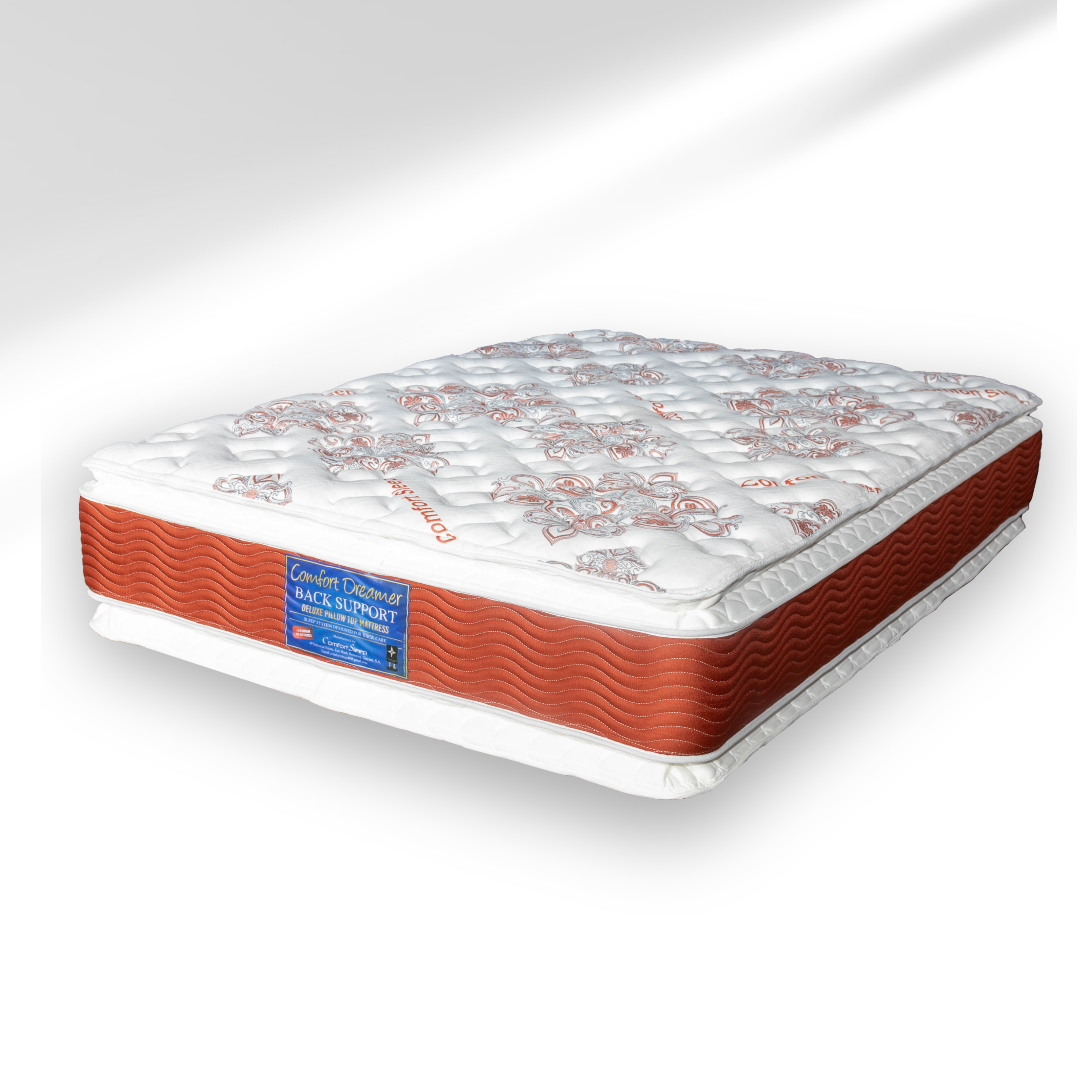
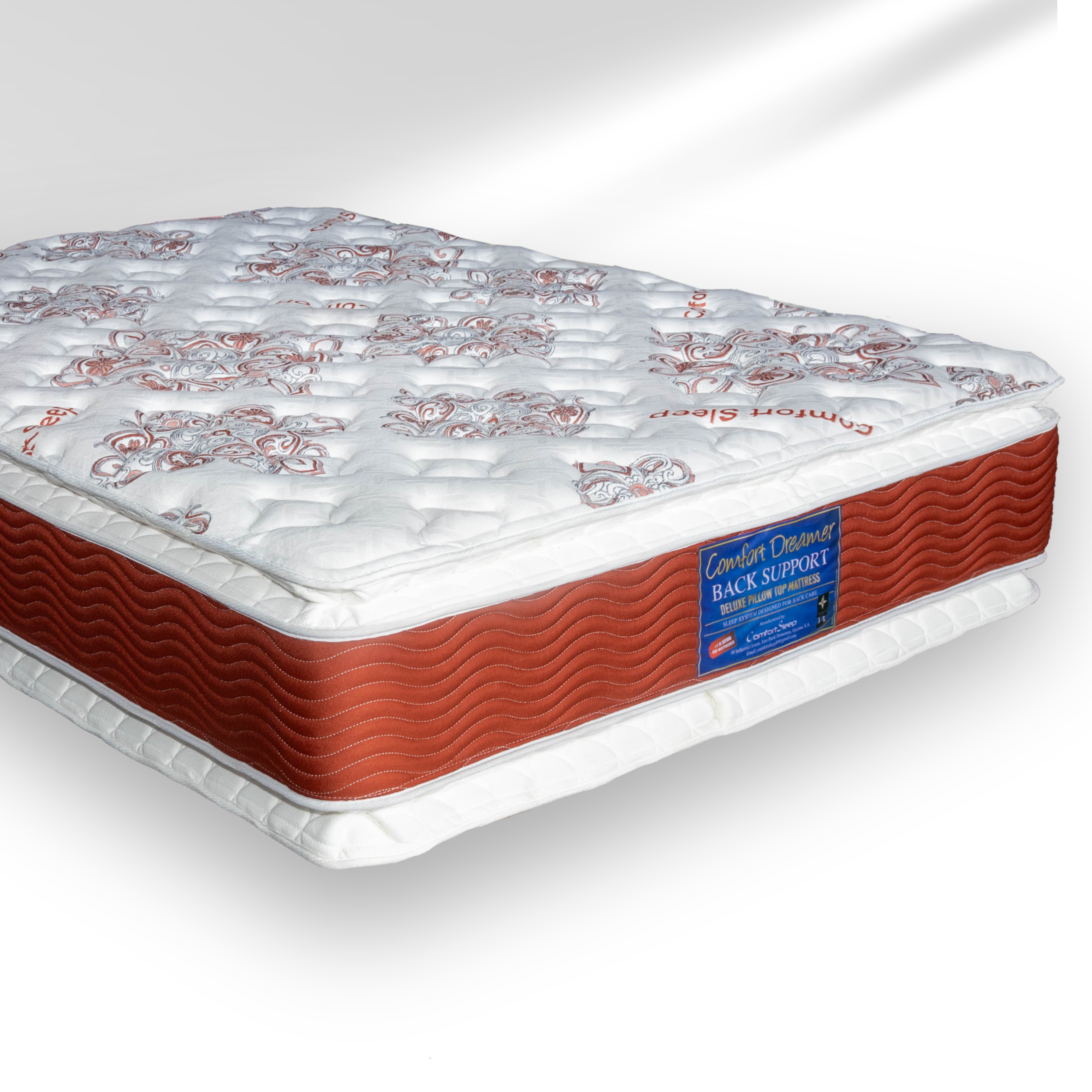
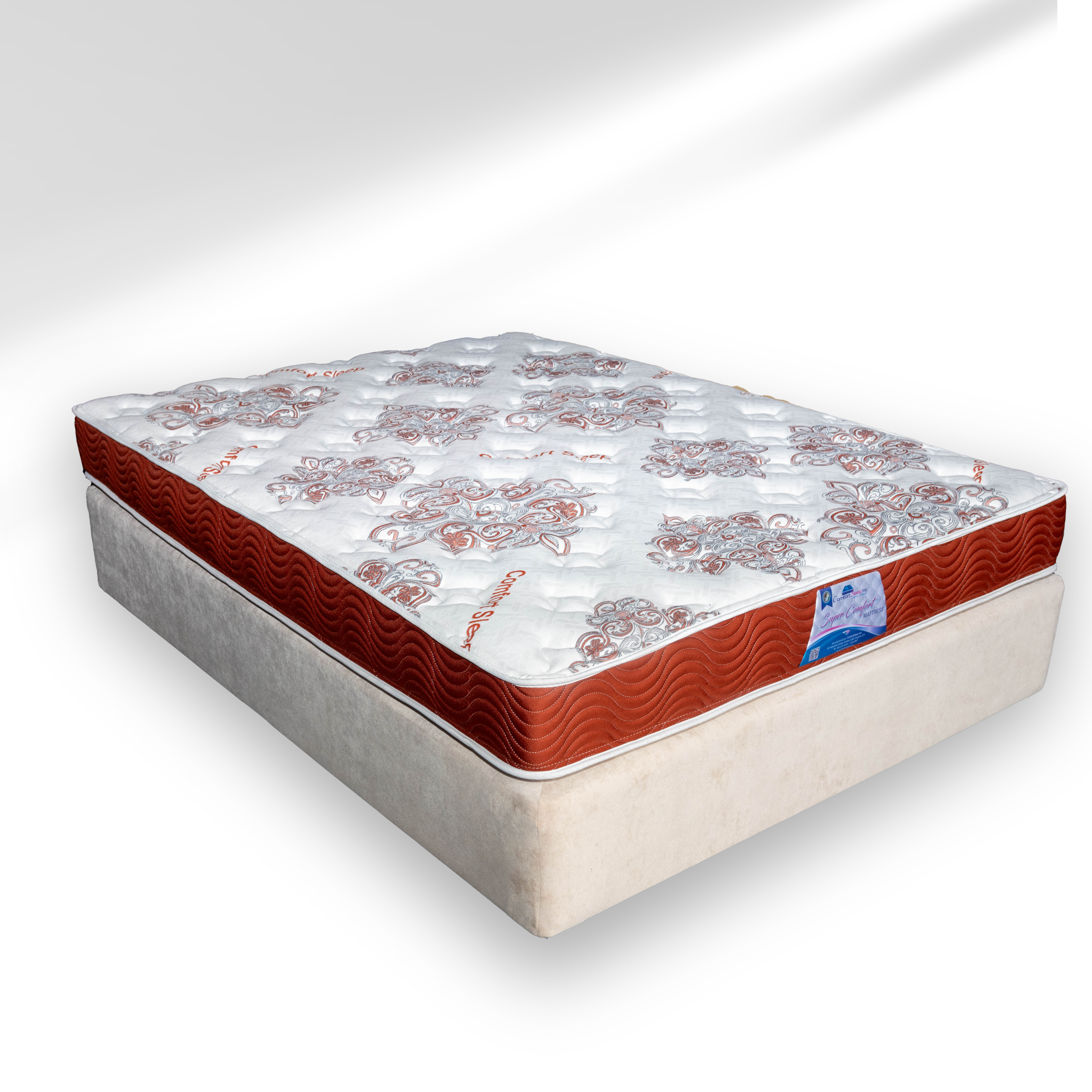
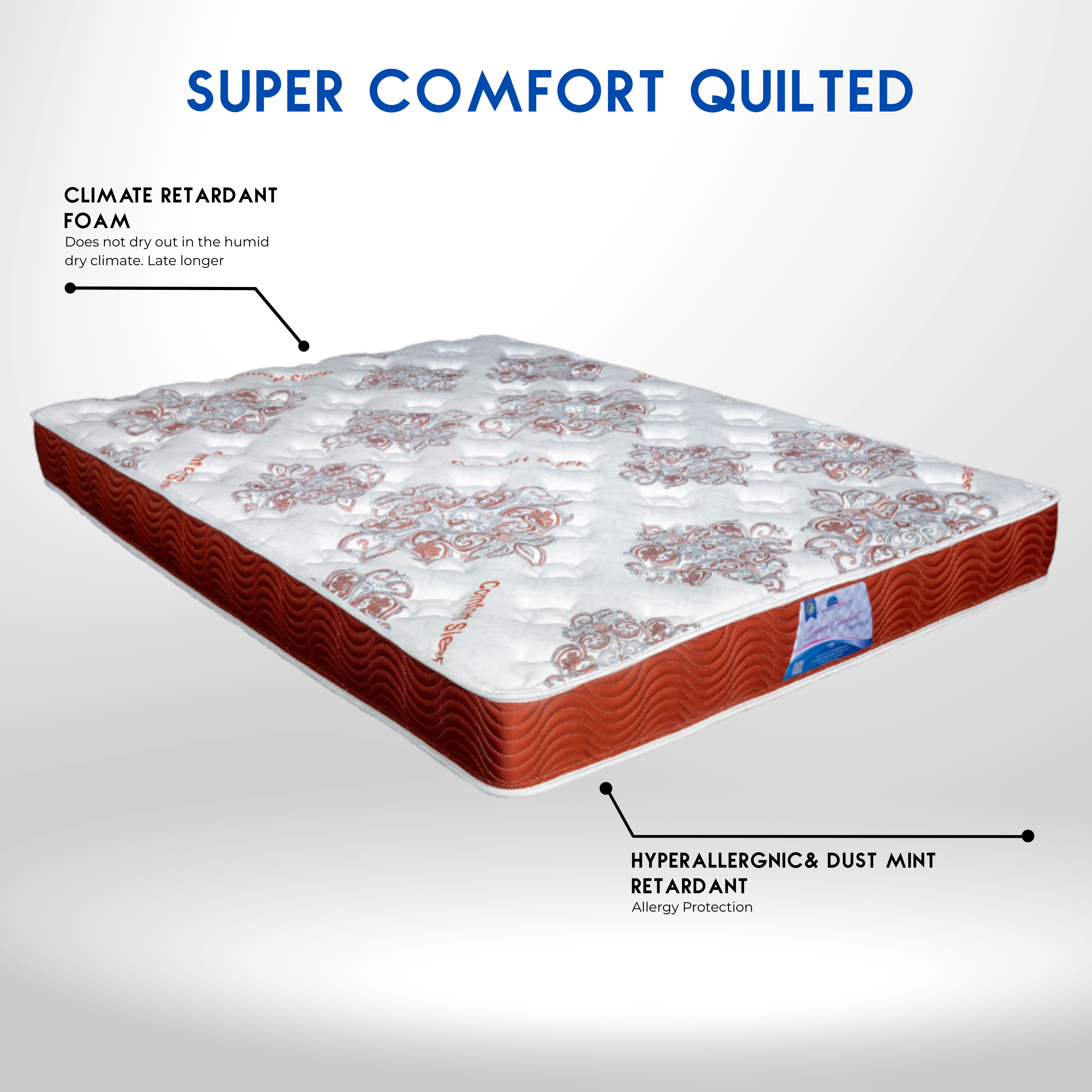
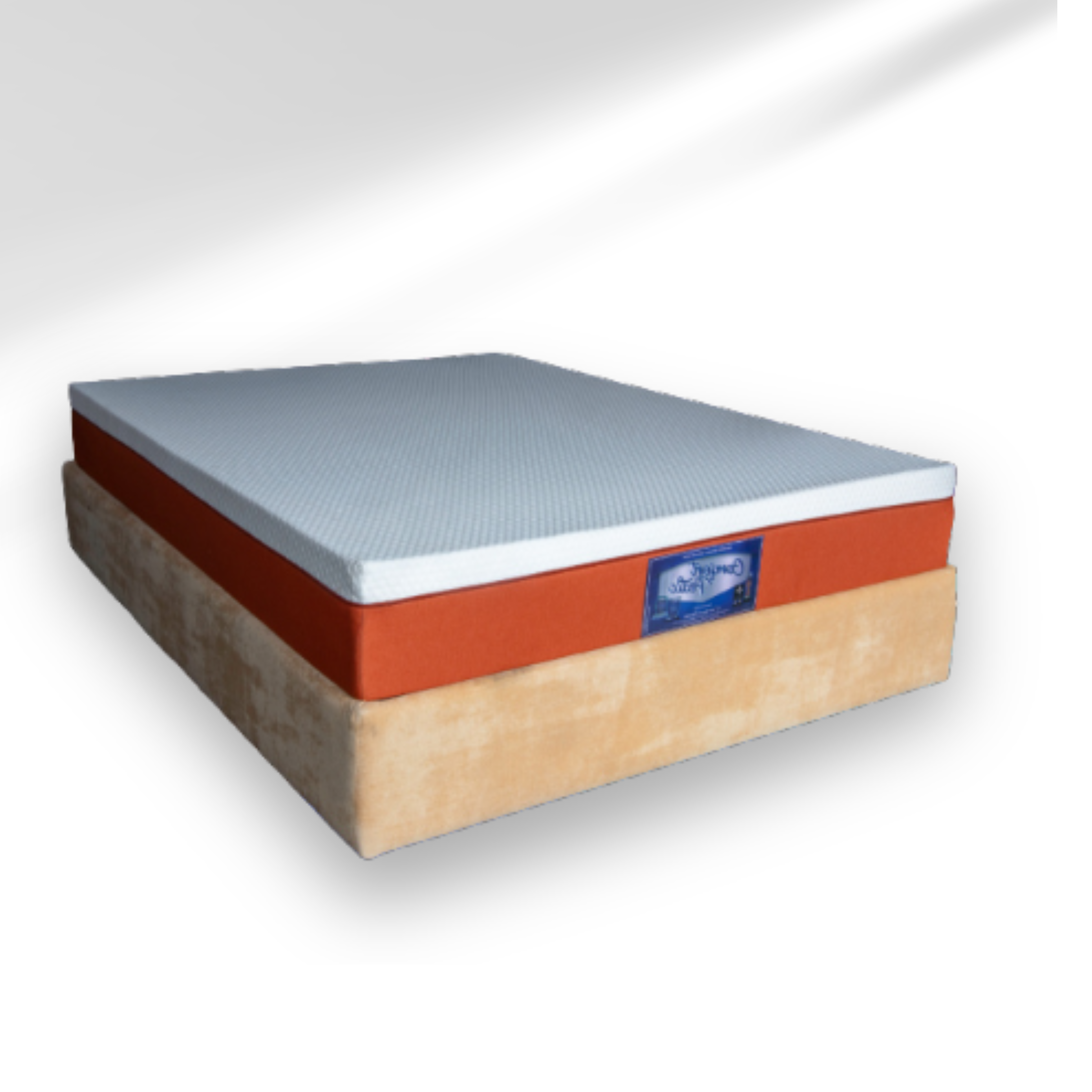
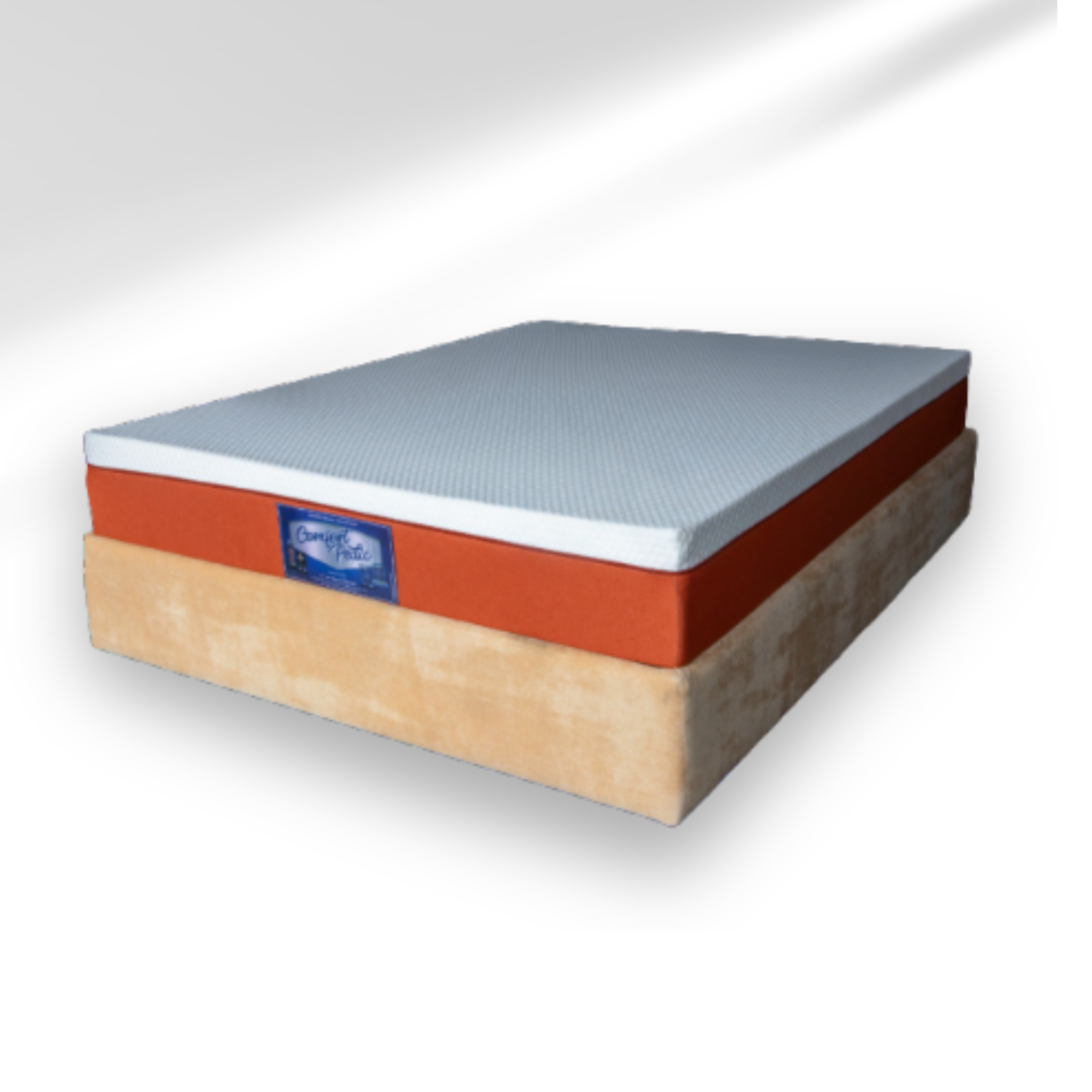
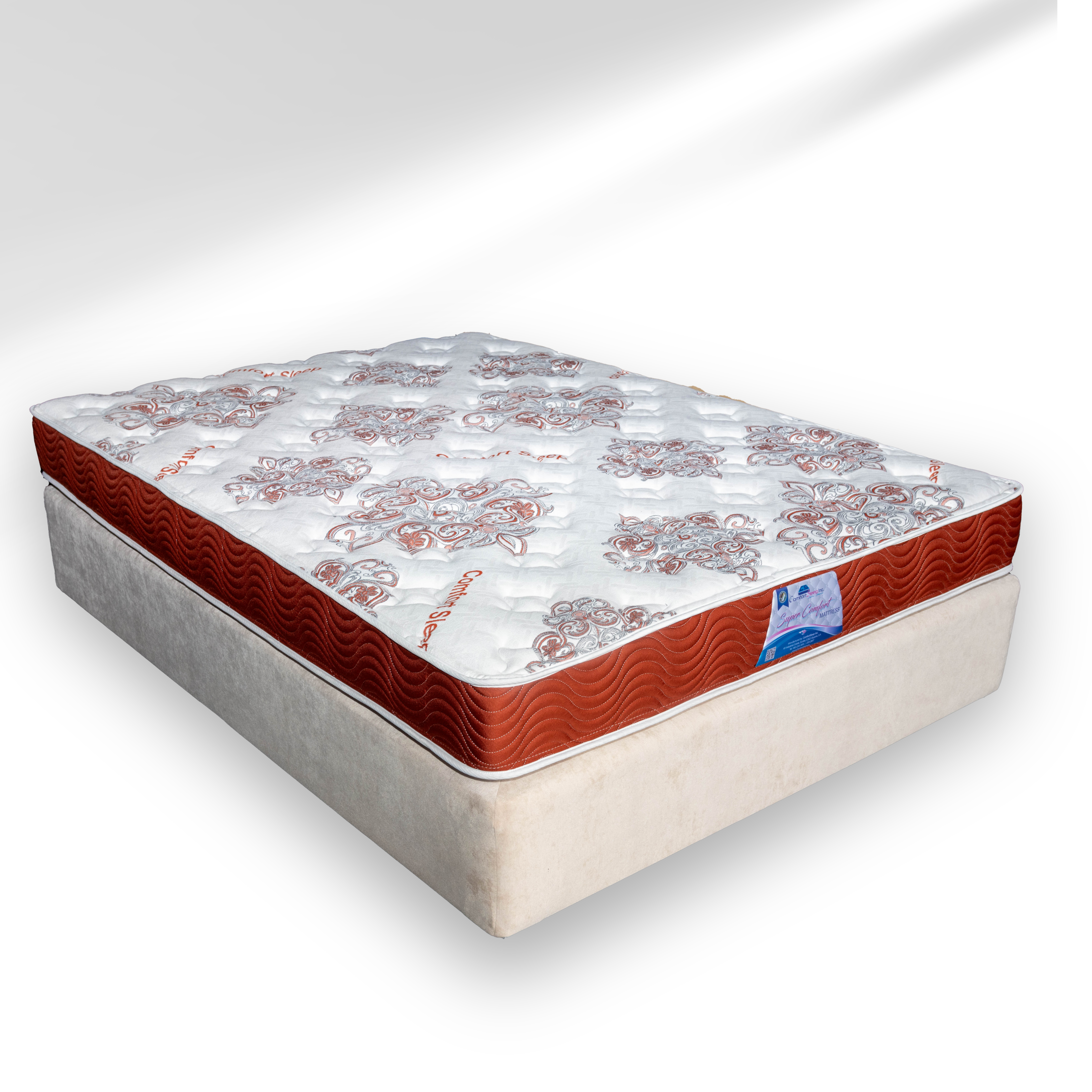
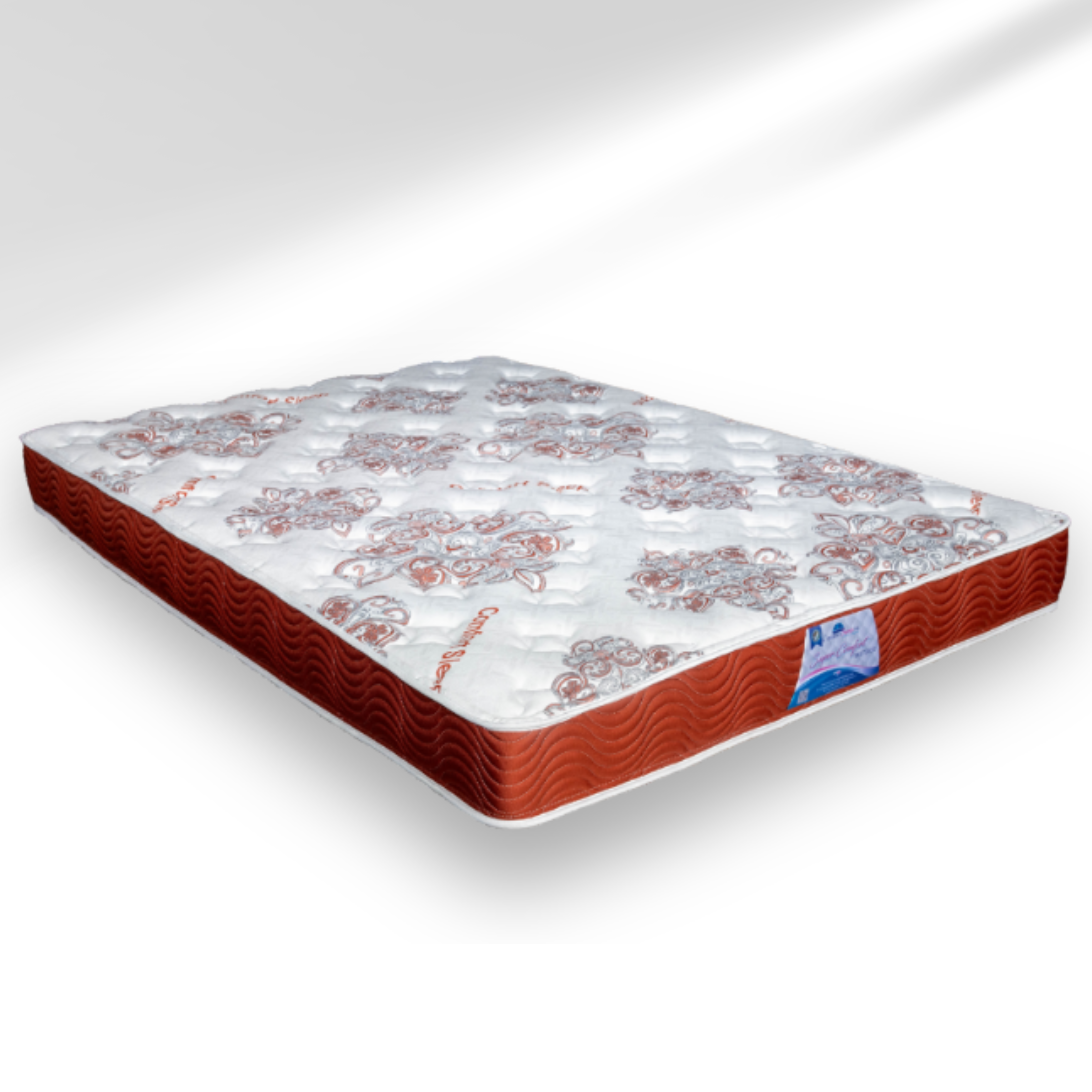

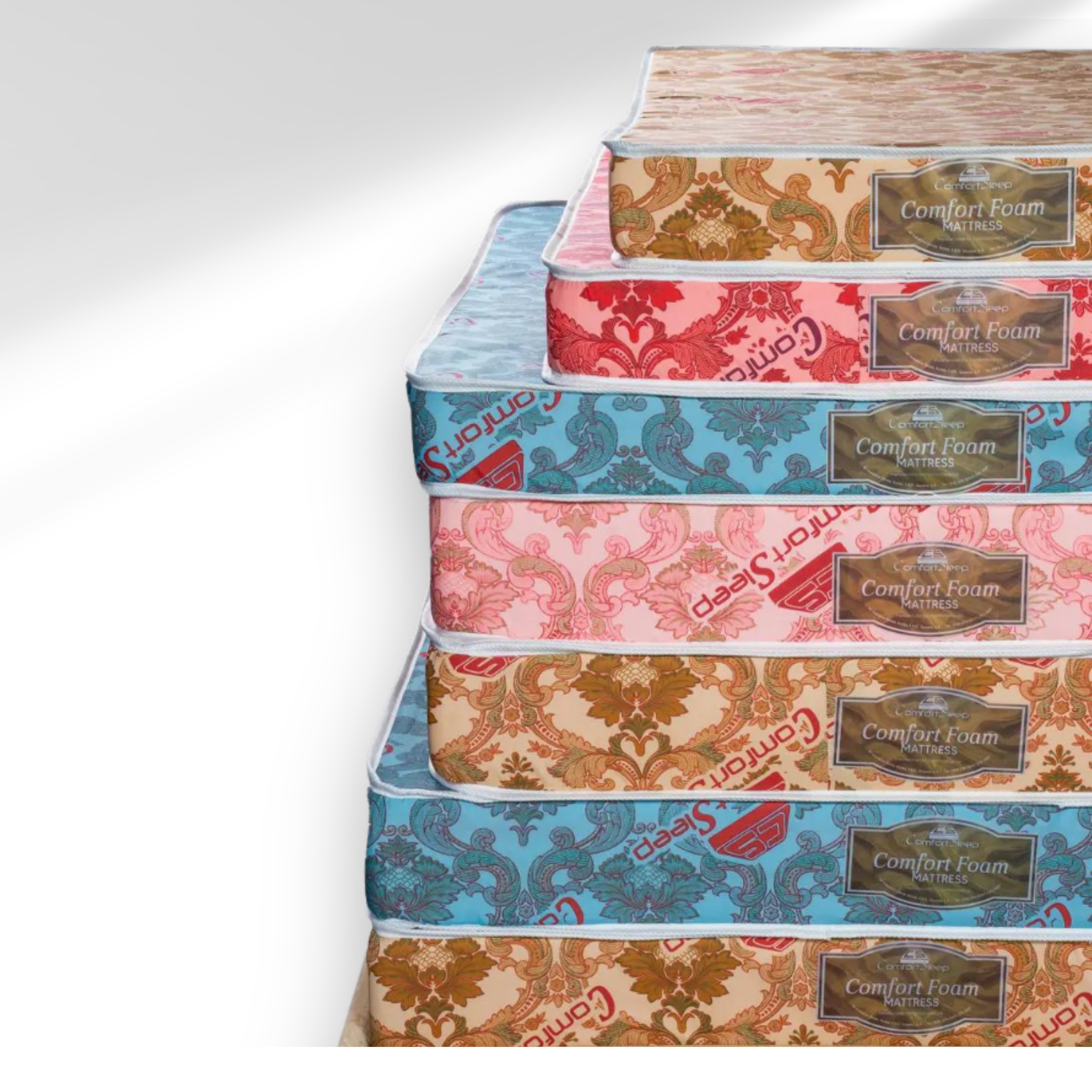




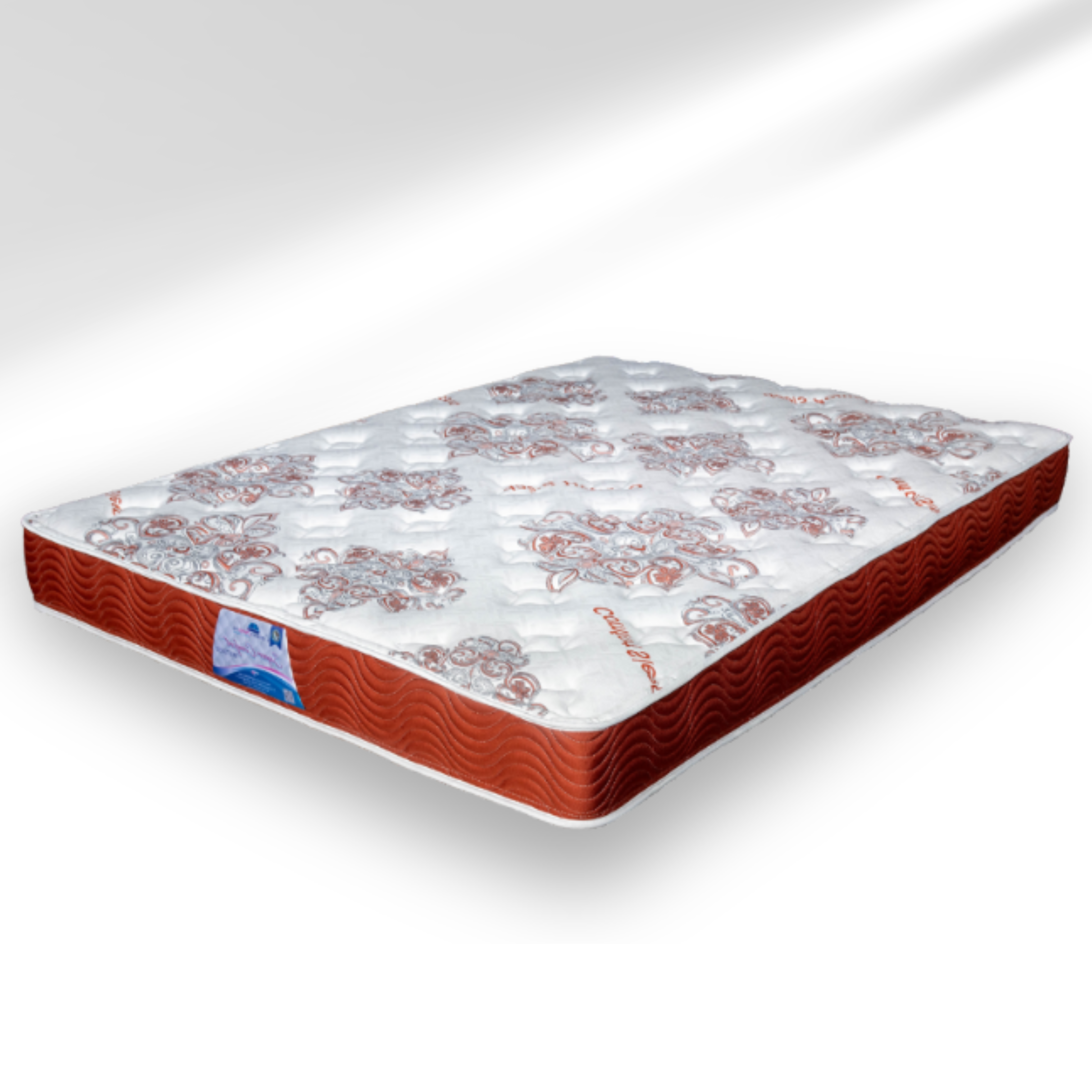

Real Sleep Stories
I Wake Up Smiling
Never thought a mattress could change my mood. This one did. Every morning feels brand new.
Simone R., St. James
Verified Buyer
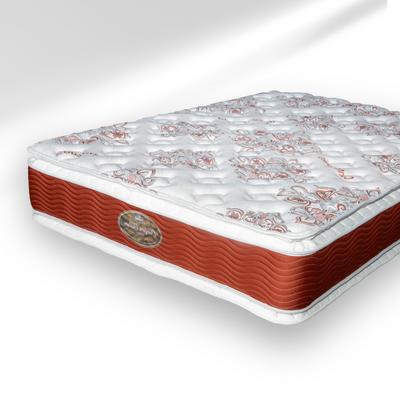
Comfort Custom Luxury - King
Shop now
Game-Changer for Our AirBNB
Five-star comfort! Guests say they’ve never slept better. This mattress makes our Airbnb a repeat destination.
Michael D., Owner, Guesthouse
Verified Buyer
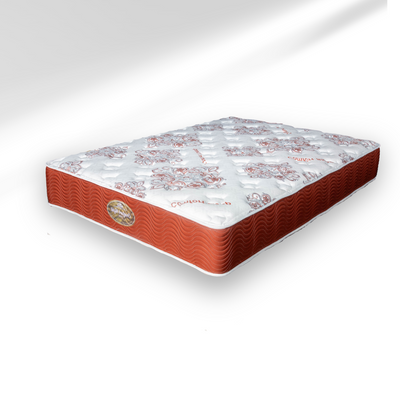
Comfort Dreamer Back Support
Shop now
Pillow Fight Winner
Bought one pillow… now my husband won’t give it back. Ordering 3 more so we won;t have to fight.
Jan H., Christ Church
Verified Buyer

PolyFIber Memory Foam Pillows
Shop now
Support Meets Sophistication
Exceptional back support and it looks incredible. This base totally elevated my master suite—literally and visually.
Dr. Tanya B., Speightstown
Verified Buyer
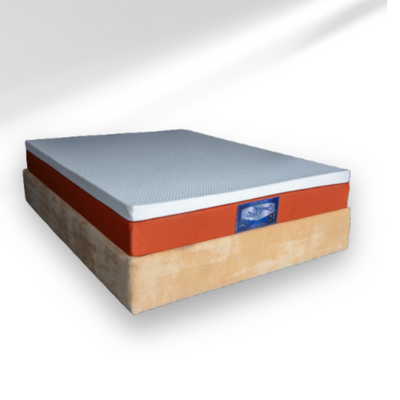
Comfort Pedic Memory Foam
Shop now
I Slept Through a Storm
“True story: There was a thunderstorm so loud it knocked out the neighbour’s Wi-Fi. I didn’t even flinch.
Aliyah C., St. Philip
Verified Buyer
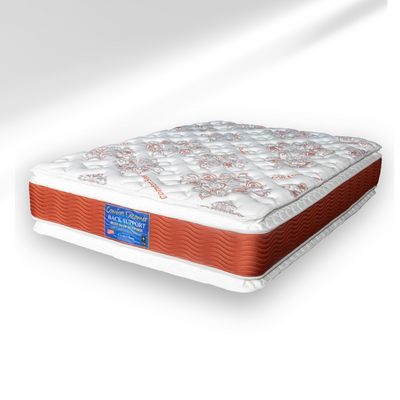
Comfort Dreamer Back Support
Shop now
Our Bookings Doubled with Returns
Every guest compliments the bed. Soft, supportive, and stylish. A serious game-changer for our rental business.
Edward L., Executive Private Client
Verified Buyer
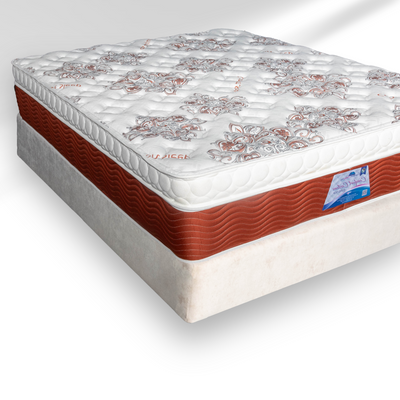
Comfort Custom Luxury
Shop now
Comfort, Finally Done Right
Clients love it. I love it. EPA & ISO Certification, while regionalcrafted and ultra-comfortable.
Leah T., Interior Stylist, Canada
Verified Buyer

EuroTop - Comfort Custom Luxury
Shop now
It’s Giving Luxury on Every Level
Chic, plush, and crazy comfortable. My bedroom feels like a resort now.
Jonathan T., St. Michael
Verified Buyer

Product title
Shop now












